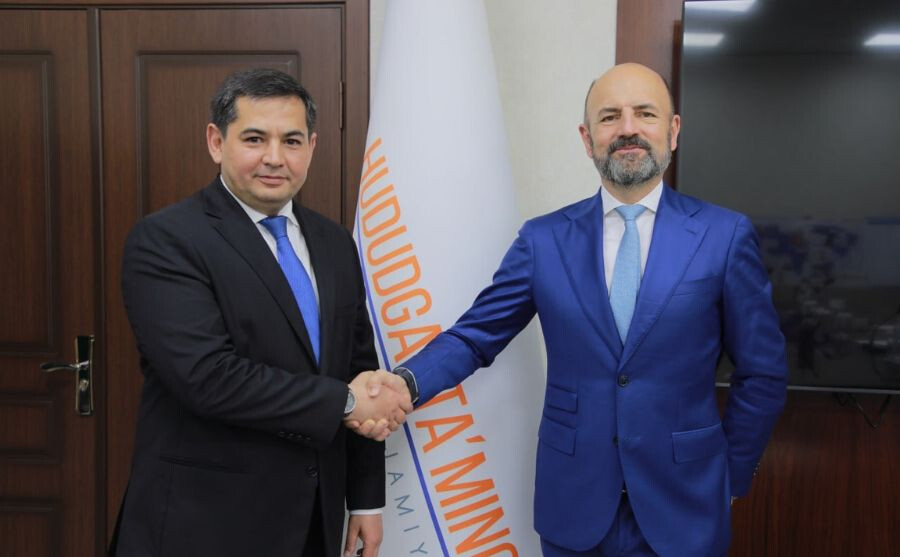

4/9/2025



Walk-by and drive-by data collection is a method used by distribution companies to acquire information on water consumption from users in the field. This system allows data to be collected from the meters without having to take direct manual readings on each individual device.
Walk-by and drive-by data collection is a system for acquiring meter readings based on wireless communication in 868MHz RadioFrequency technology. Field operators use receiving devices to collect data sent by the meters (usually consumption totalisers), simply by walking by them. The difference between the two depends on the signal reception capacity of the meters and the area in which they are located:
Walk-by/drive-by collection has been used for a long time as the primary data transmission technology in the water sector (in so-called AMR systems), lately, with the advent of smart metering systems based on a fixed communication network capable of higher collection frequencies and wider distances (AMI systems), this technology is being used as a proximity back-up. In the remote data collection process that smart metering provides, in fact, there can be some hiccups that prevent the data from reaching the Meter Data Management directly. In some areas, in fact, the communication signal coverage of smart meters is not sufficient to guarantee the remote transmission of data and, for this reason, the distributor must send its operators into the field in order to retrieve the missing readings. In these cases, walk-by or drive-by collection allows operators to physically access the site to acquire the data without having to take manual readings individually, as was the case with traditional mechanical meters, thus saving a lot of time.
Compared to the traditional figure of the reader, who took a reading manually on each individual meter, walk-by and drive-by data collection offers several advantages:
Despite these benefits over manual readings, the limitation of this technology remains the fact that the number of readings collected is still linked to the number of physical passes made by an operator, although these are more efficient.
At Terranova, we implement walk-by and drive-by collection both in stand-alone mode and through more structured reading campaigns.
In stand-alone mode, the field operator starts with a file containing the serial number and encryption key of the smart meter, which is loaded directly into the memory of the mobile device. The process is then structured as follows:
In the case of more structured reading campaigns, however, the MDM (Meter Data Management) portal is used in addition to the mobile app. The process involves:
It is therefore clear that walk-by and drive-by data collection represent a technological evolution in the field of meter reading, ensuring greater efficiency and reducing operating time, especially when used as a back-up technology to a fixed network-based smart metering system. Thanks to these methods, even in areas with poor signal coverage it is possible to acquire data accurately, ensuring correct metering of consumption. This saves time and effort, as well as increasing the quality of work and data available, for an all-round improvement of DSO activities.

Want to know more?
We’d be happy to talk more in detail about your needs and explore how we can become your ideal partner, to assist you in your business venture of innovation, digitization and sustainability